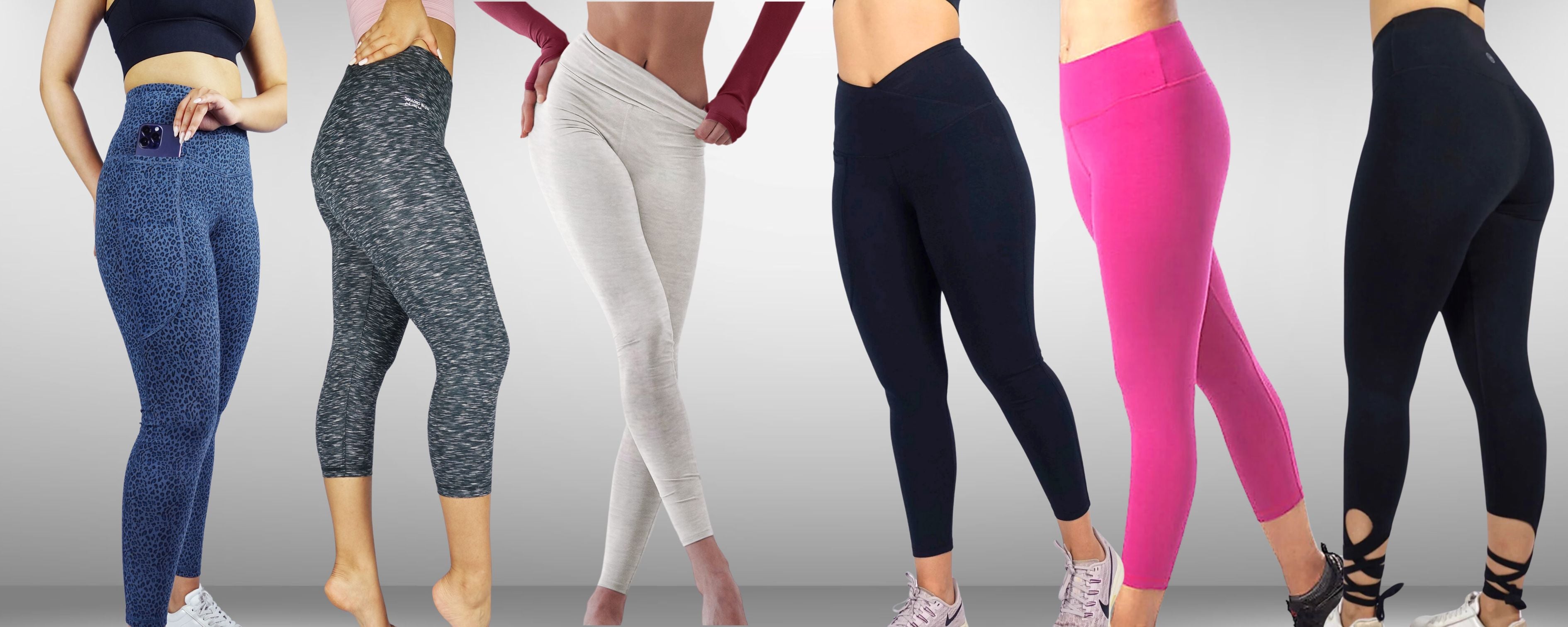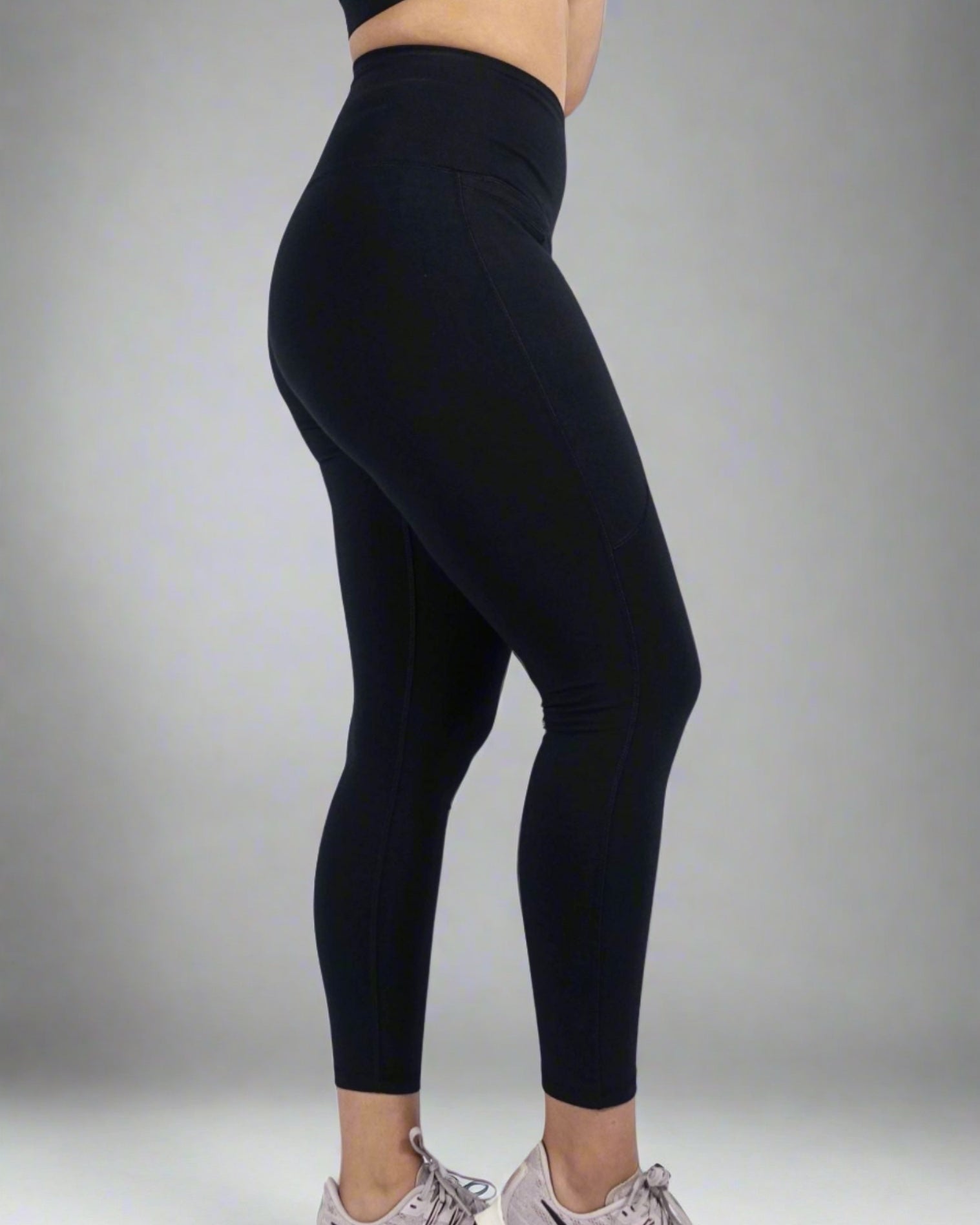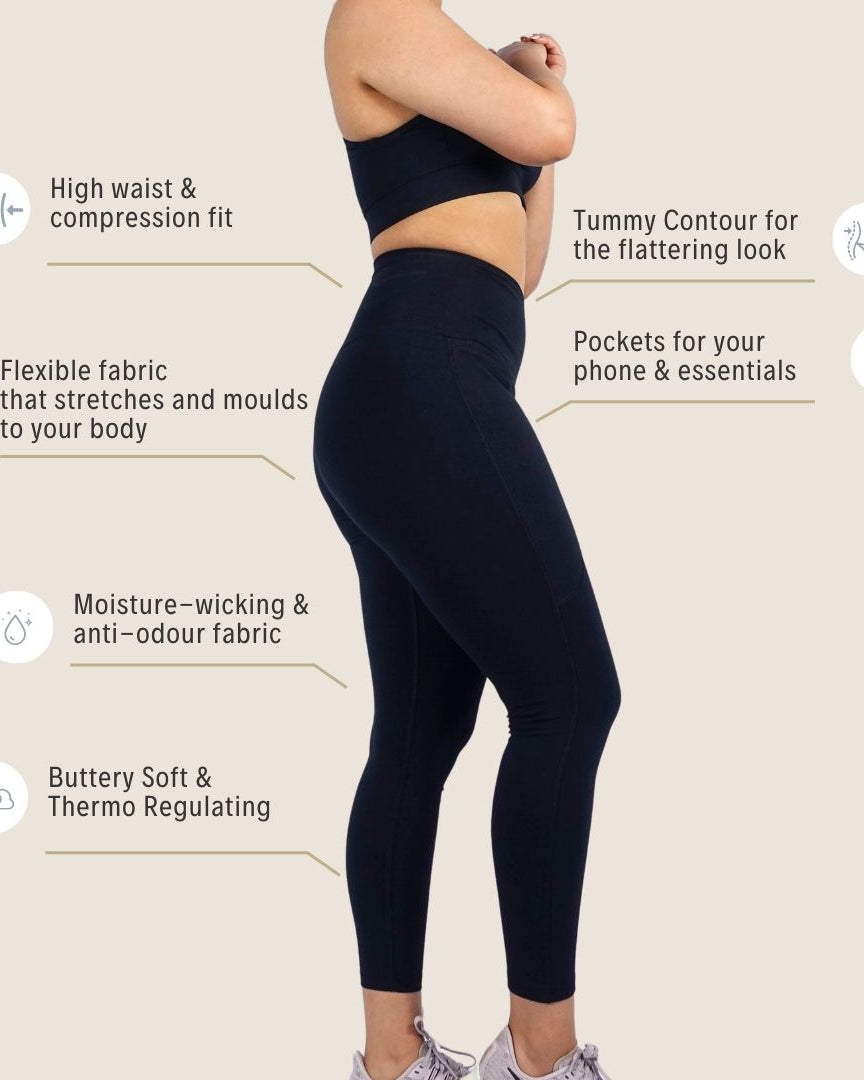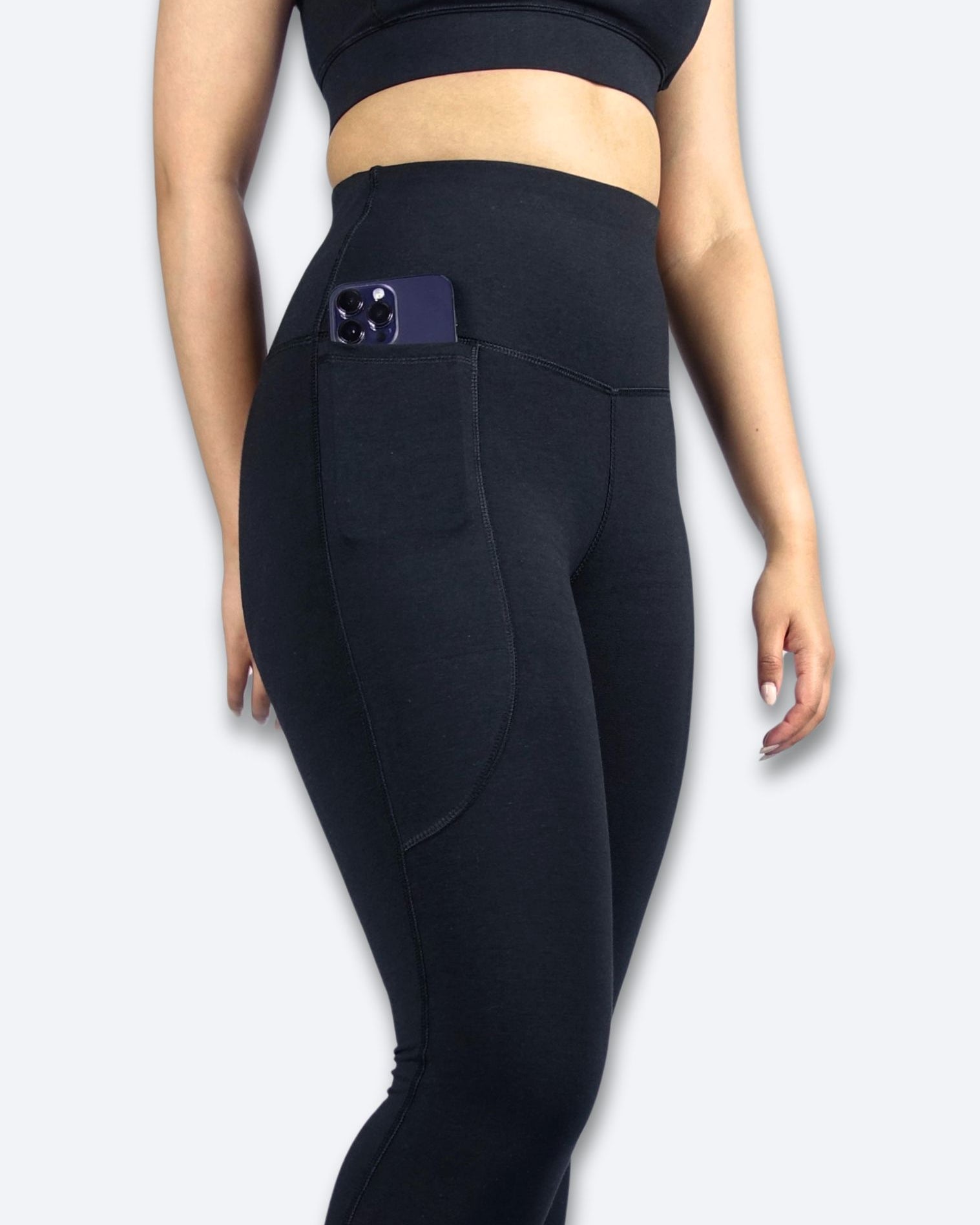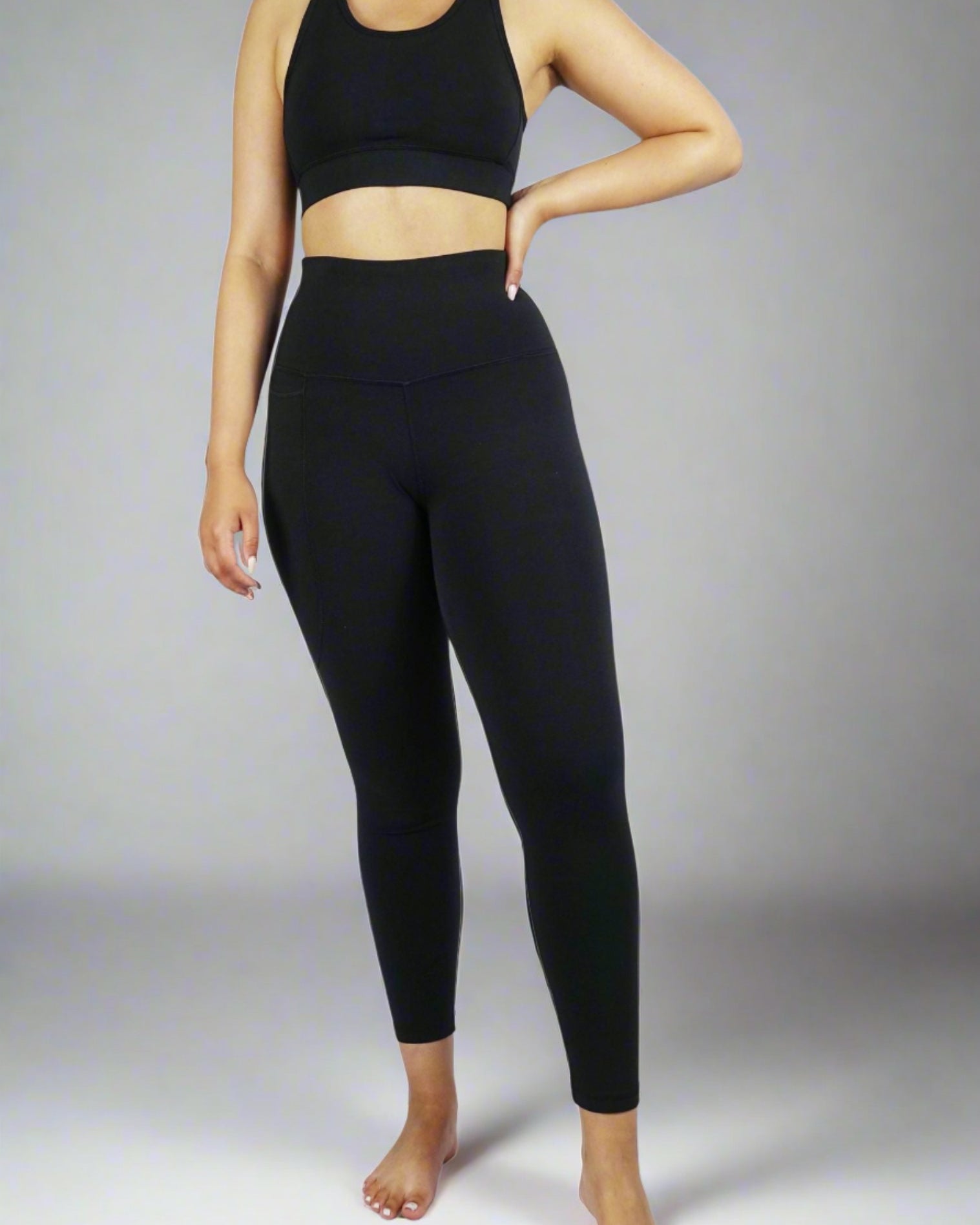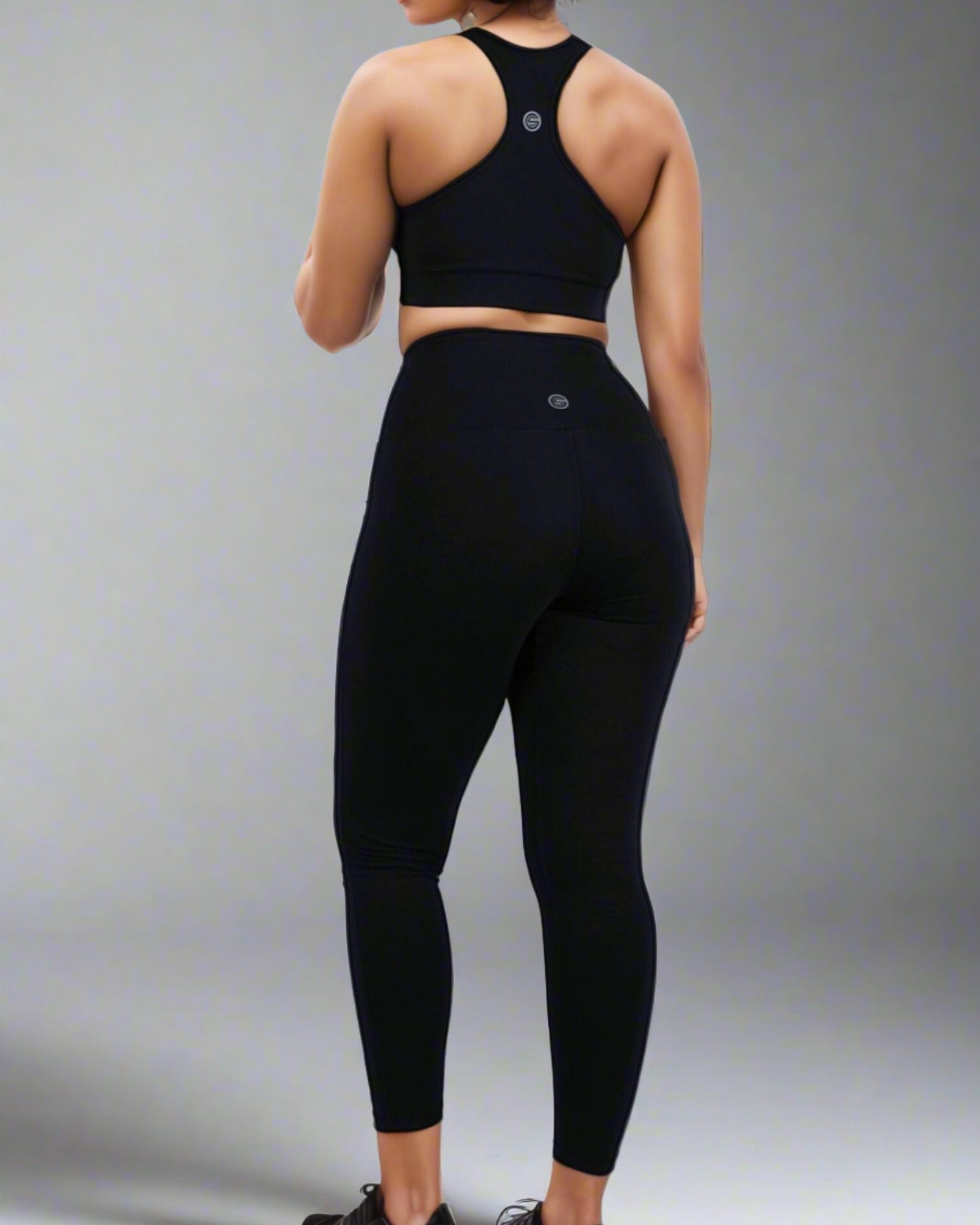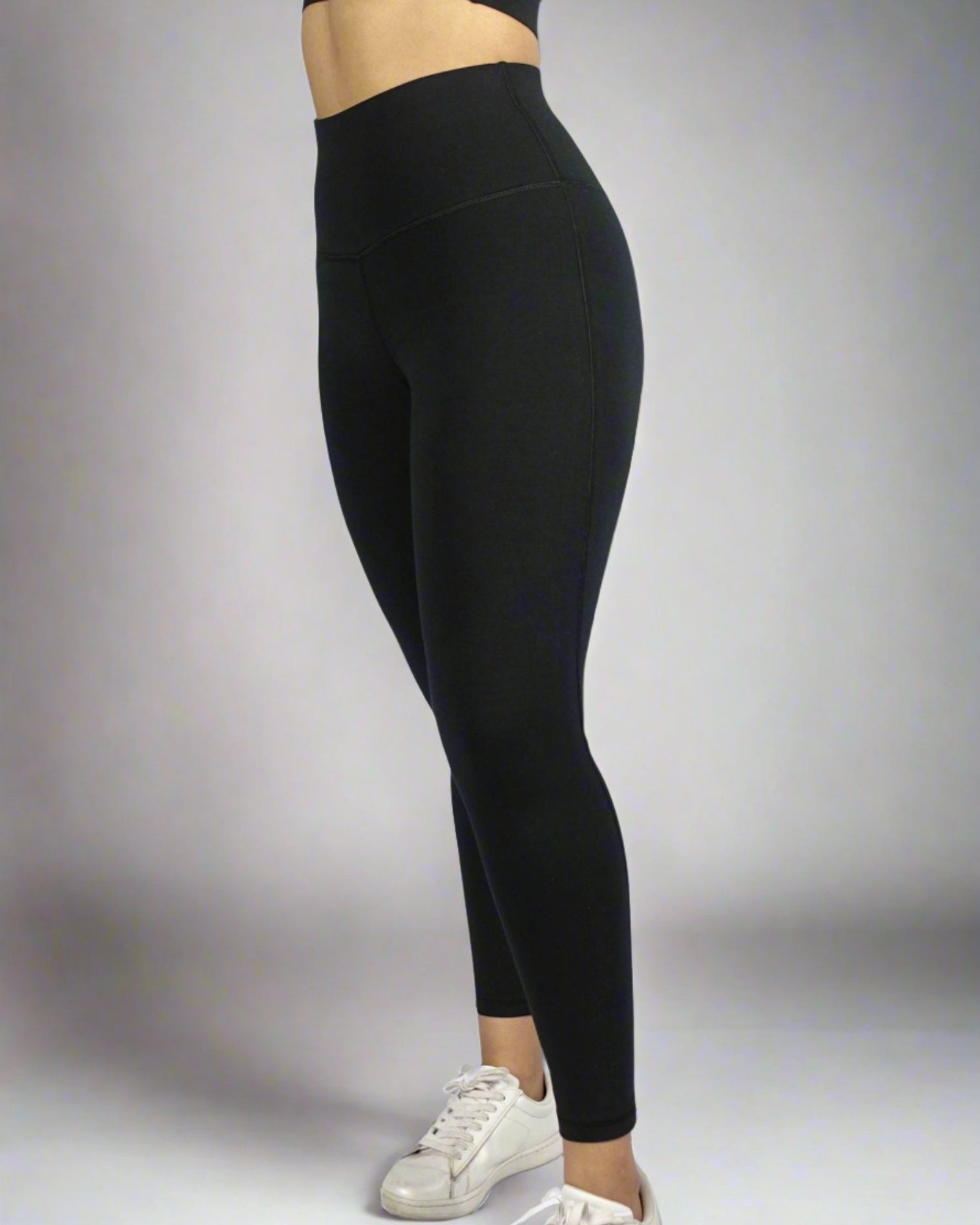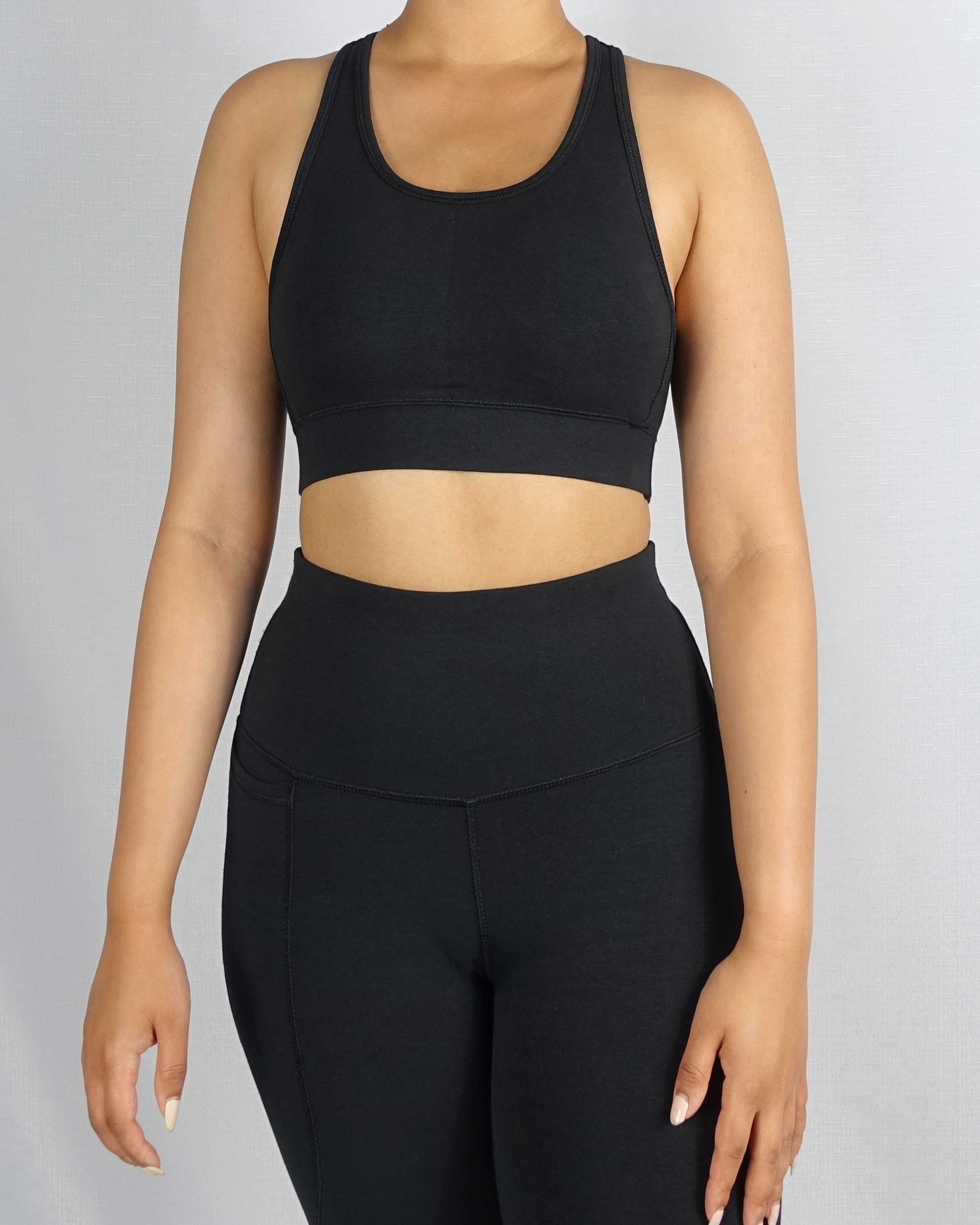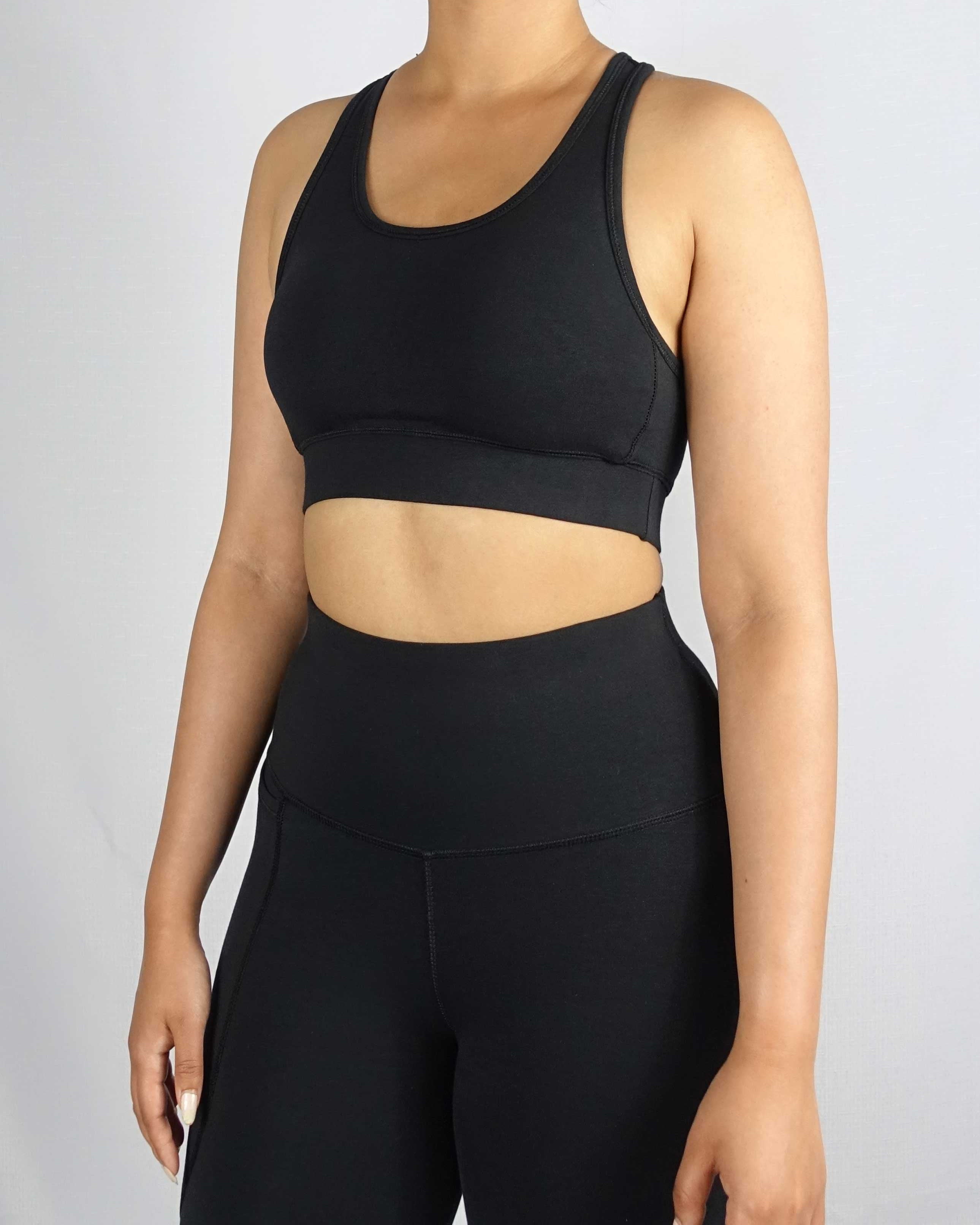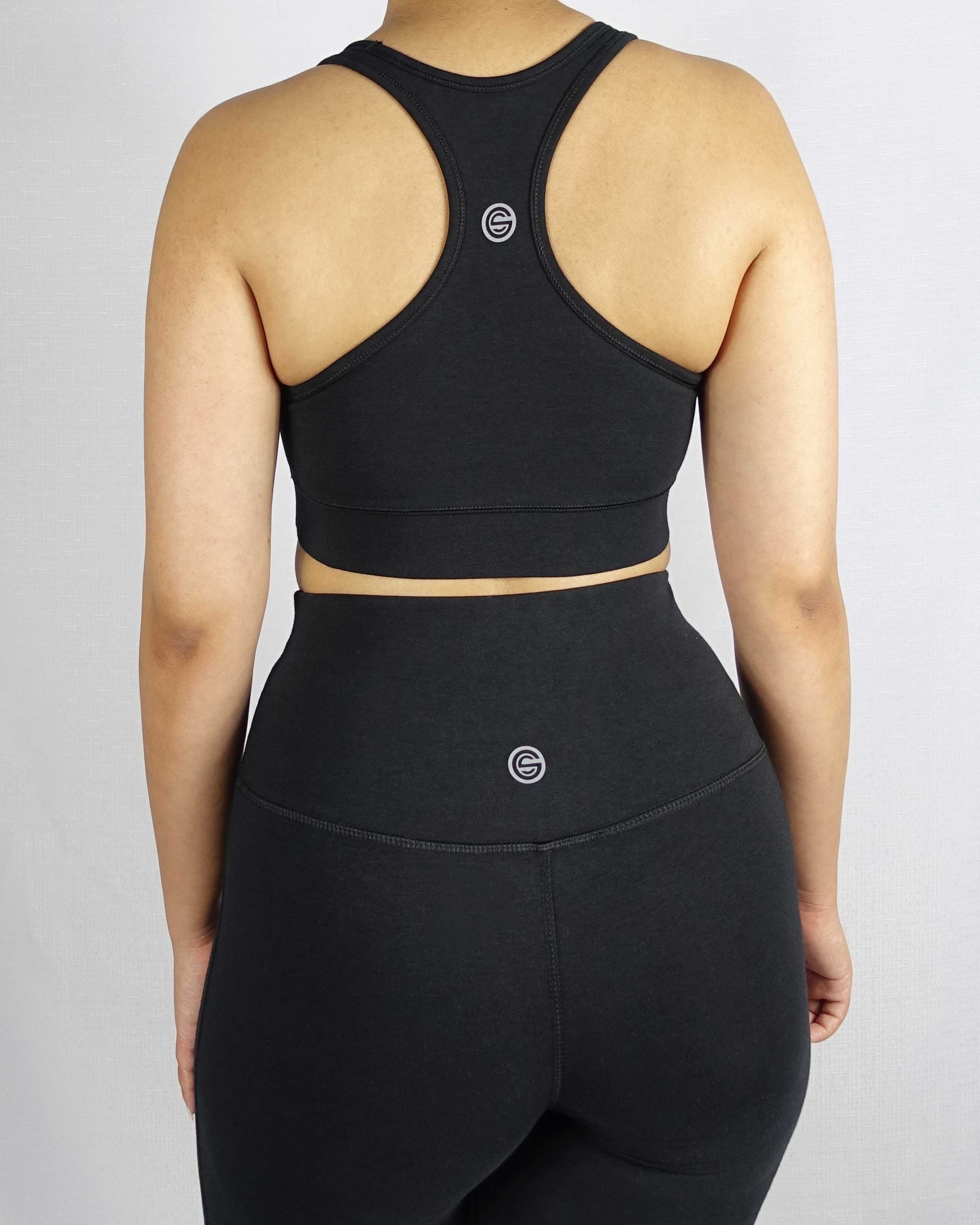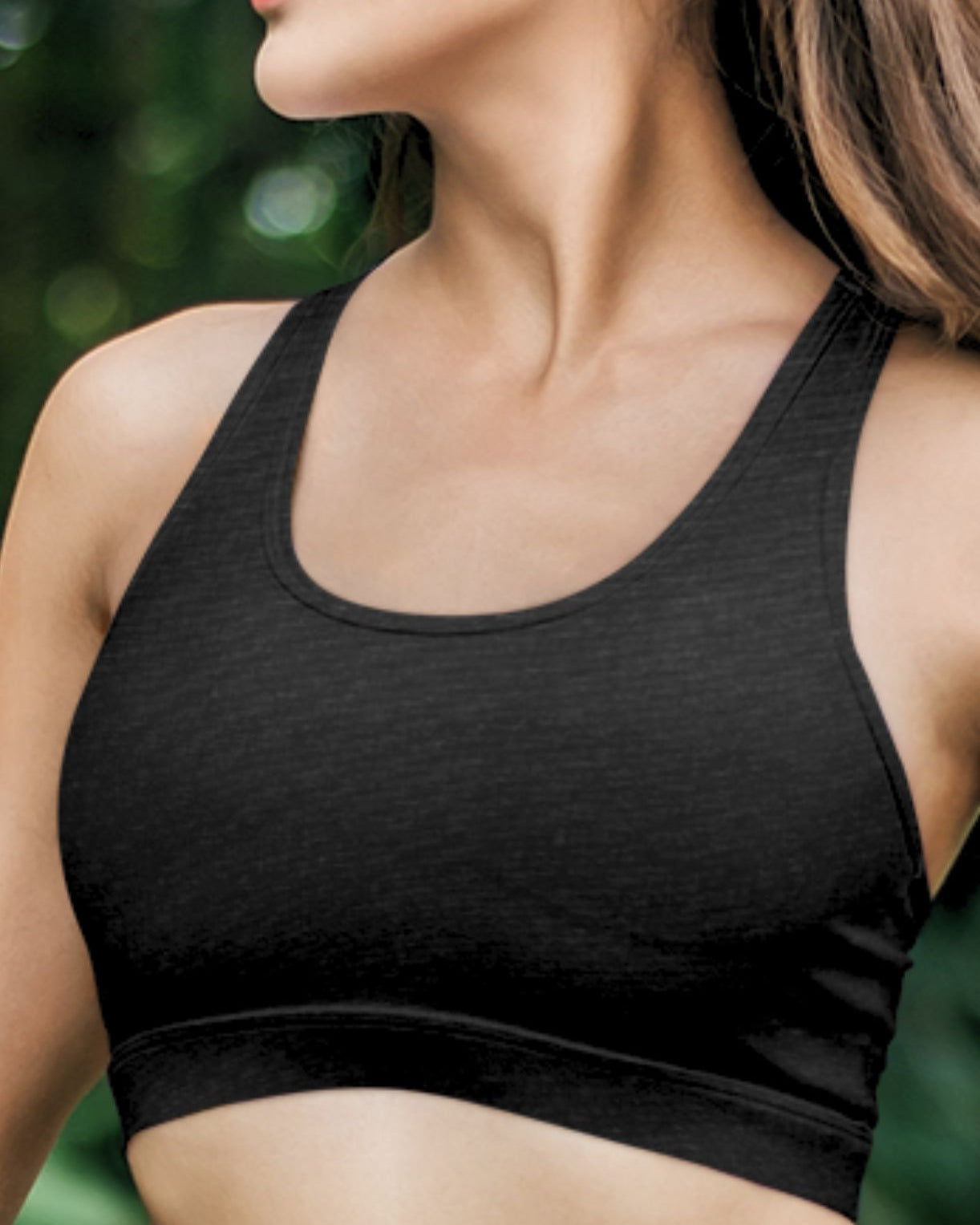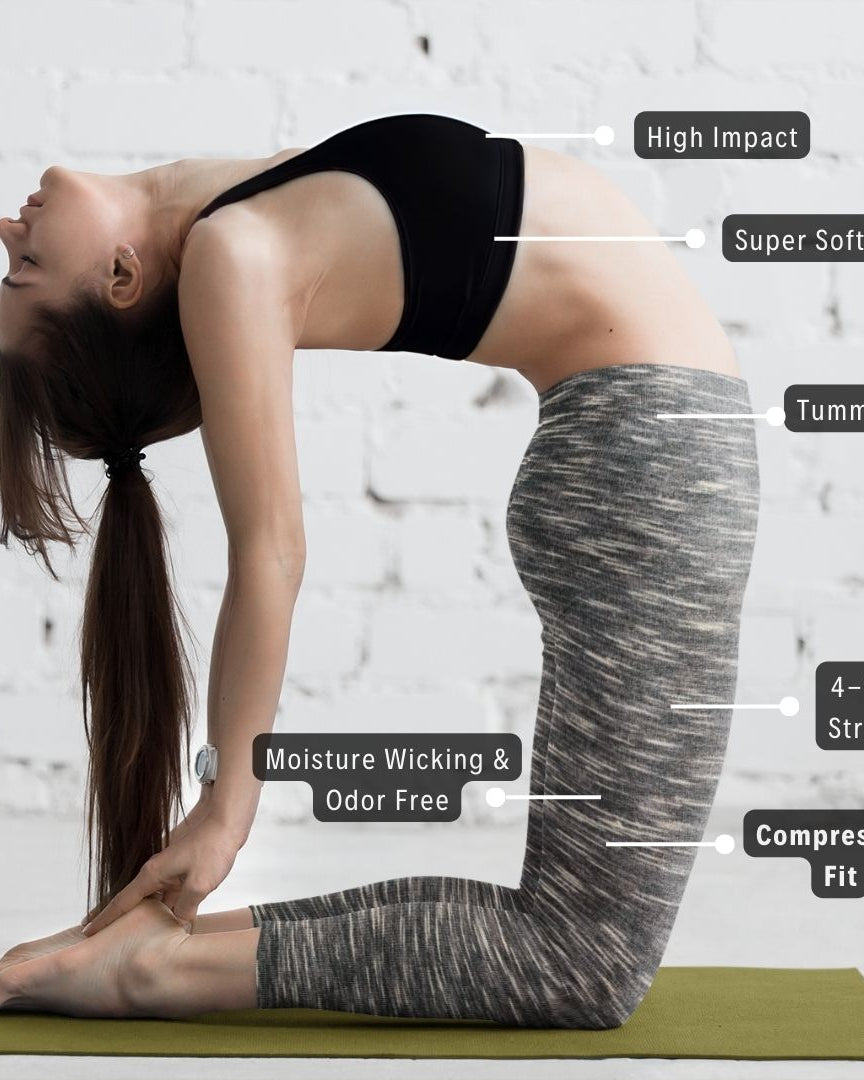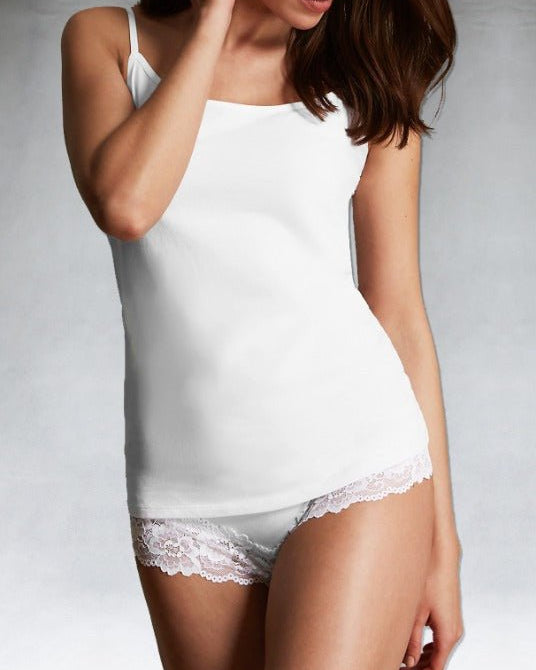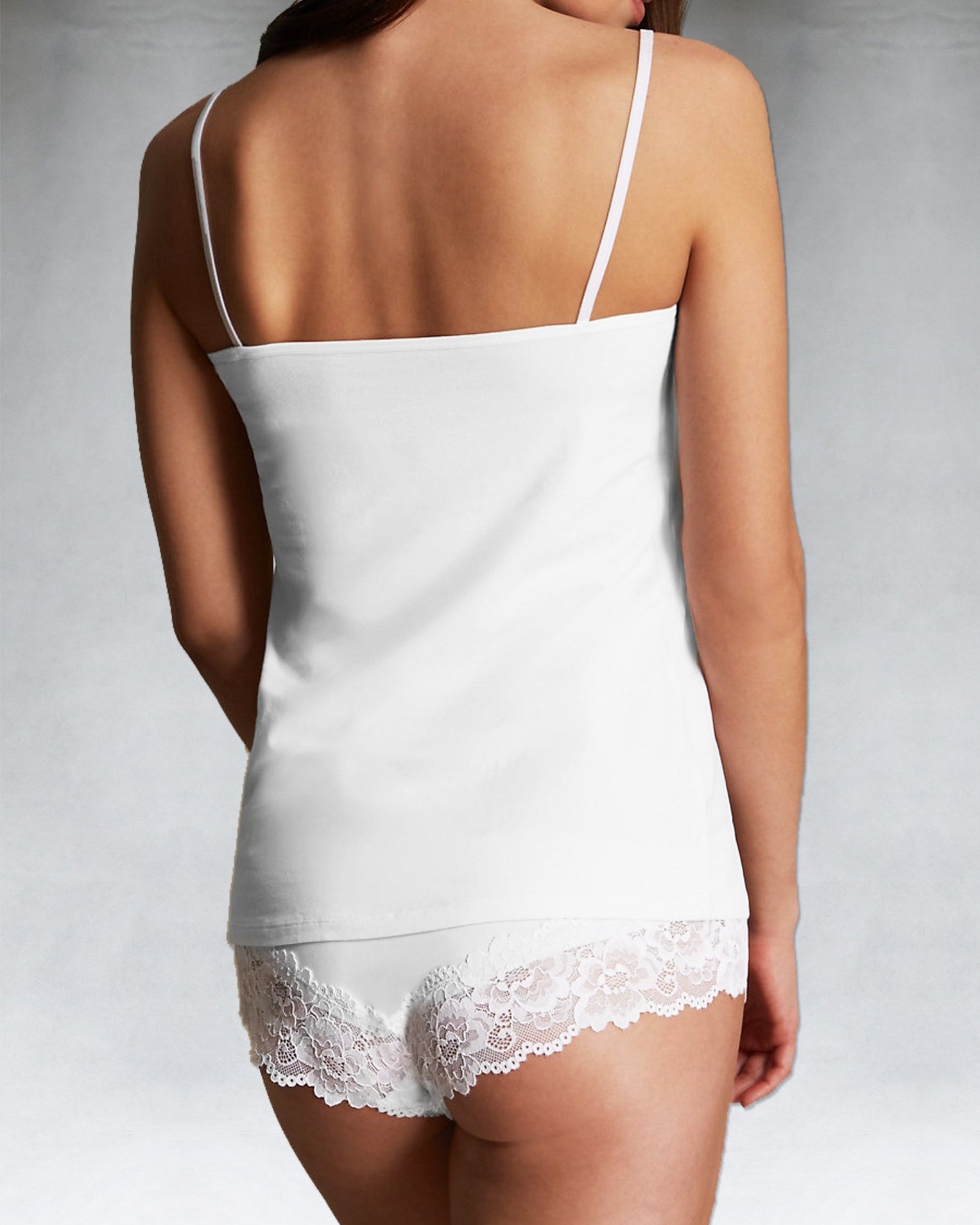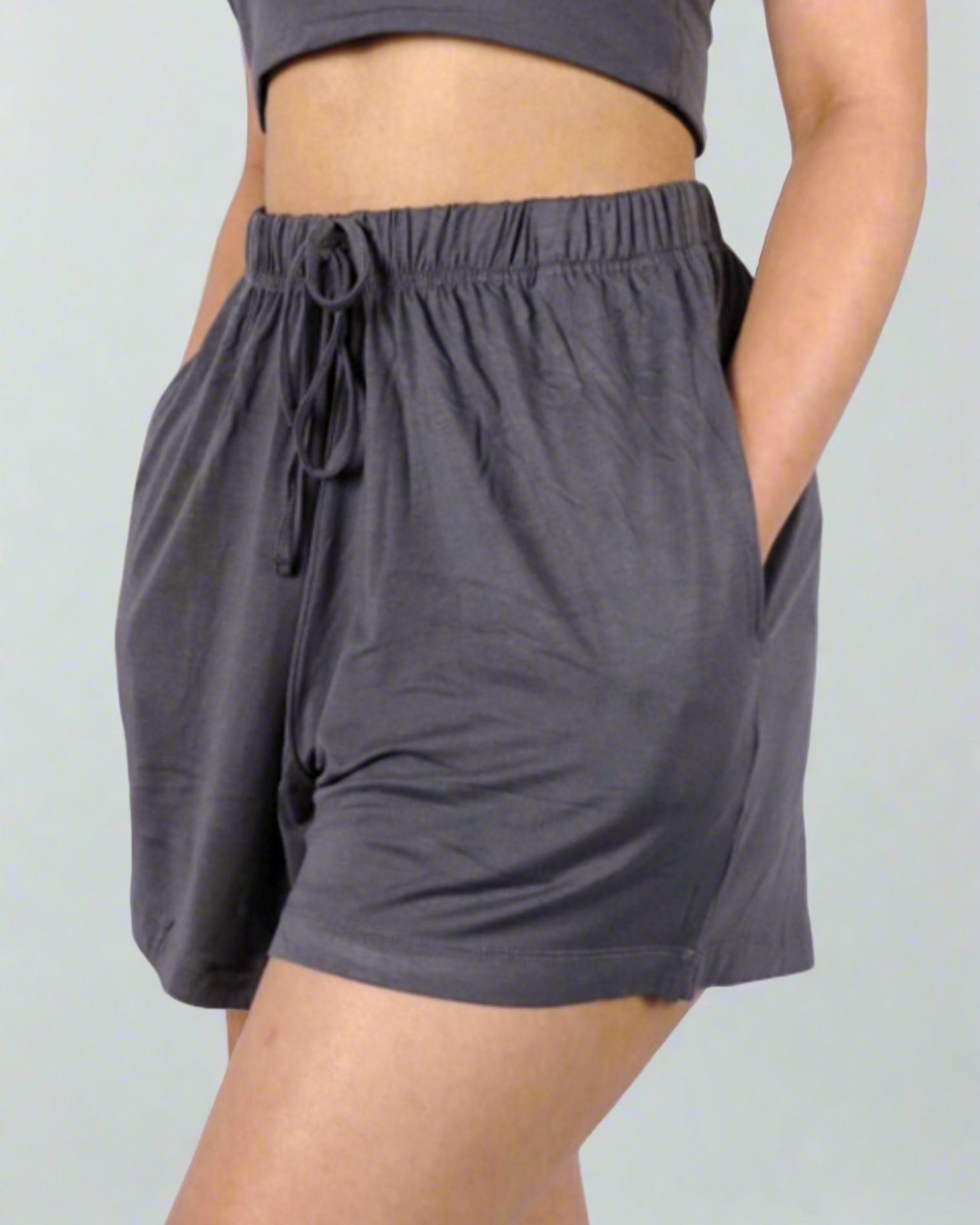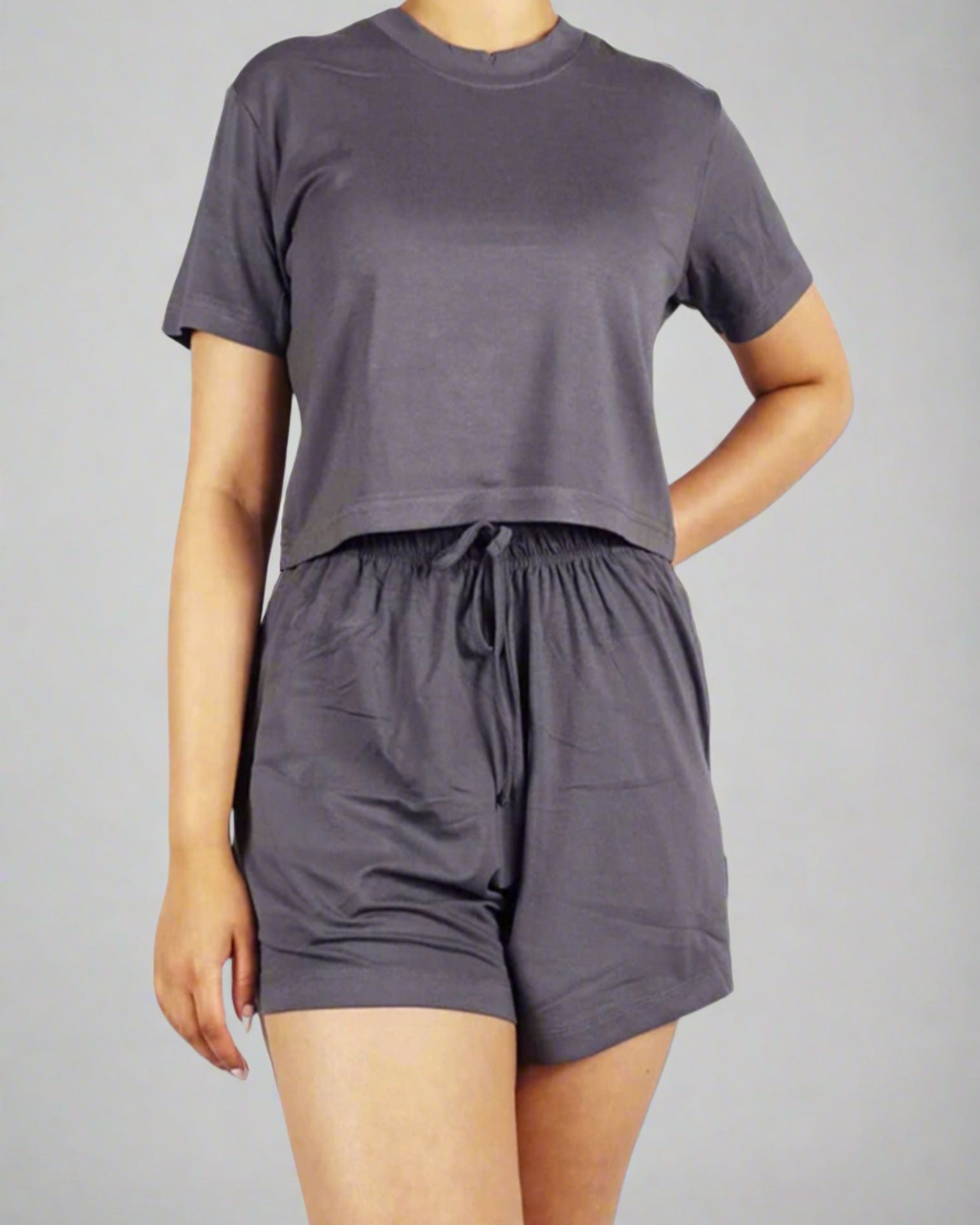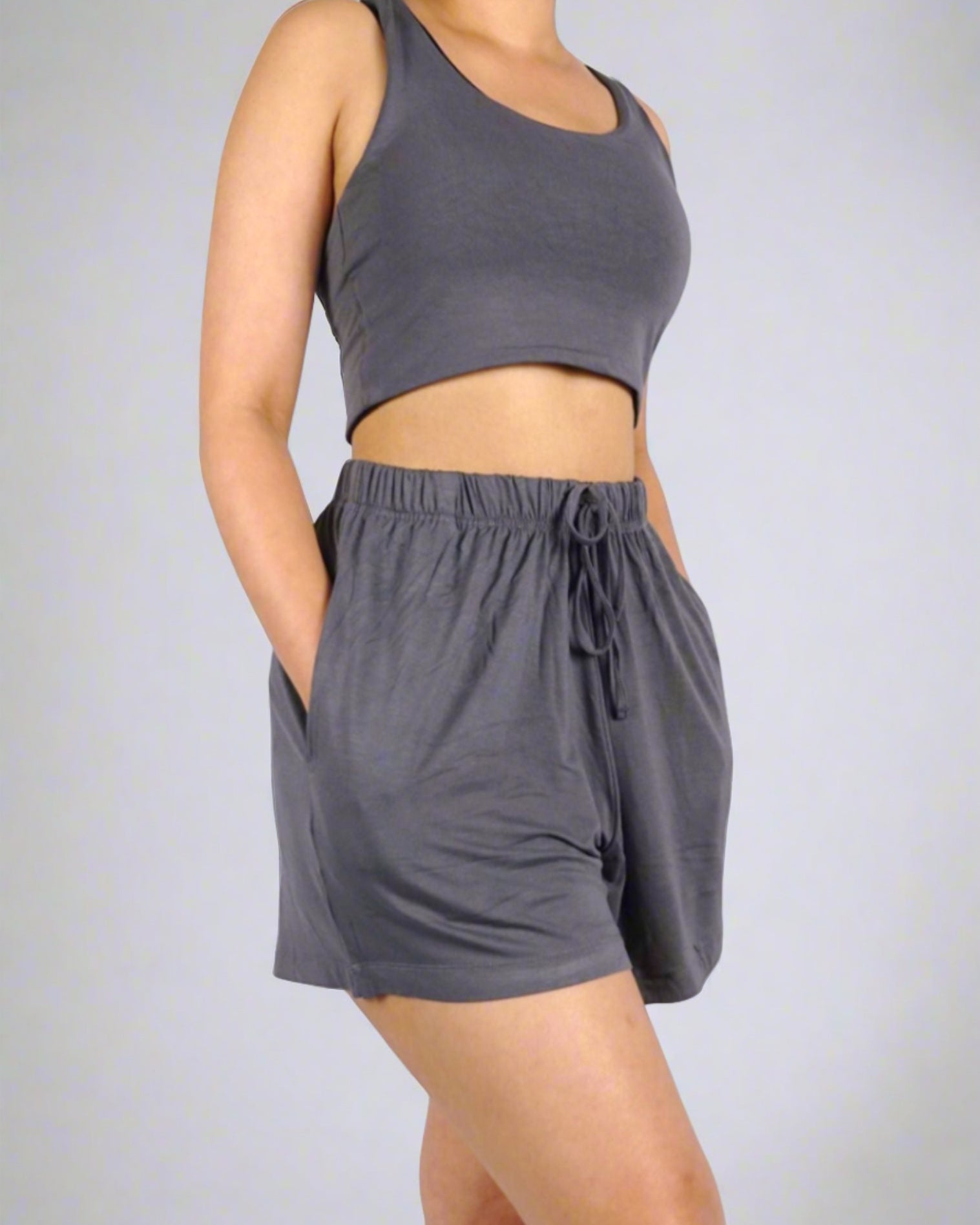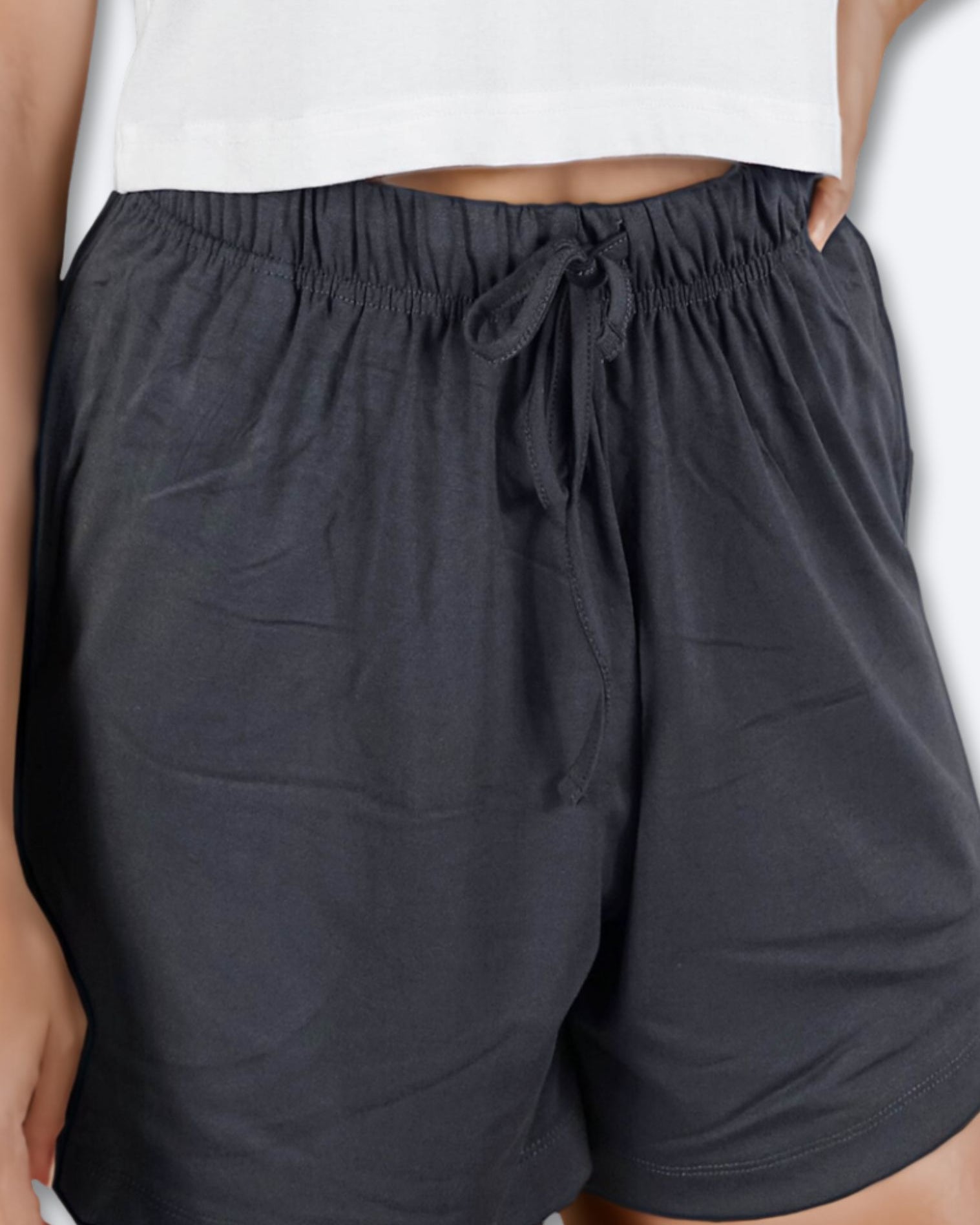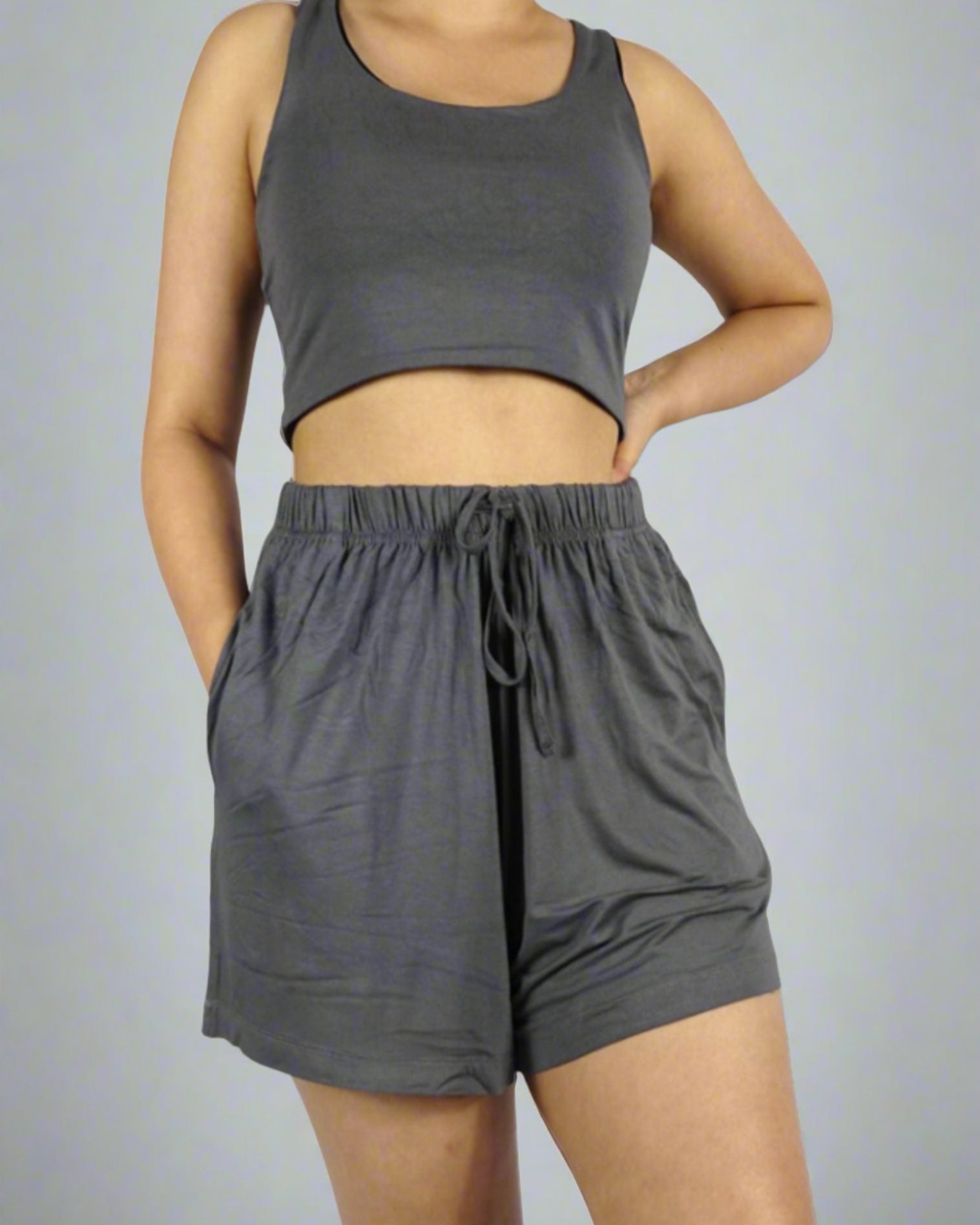Sustainability is no longer just a trend, it’s becoming a lifestyle choice for people everywhere. More consumers are paying attention to where their clothes come from, how they’re made, and the impact they leave behind. Activewear, one of the fastest-growing areas in fashion, is especially important. Because many of us live in our leggings, sports bras, and athleisure sets, the decisions we make when buying activewear truly matter.
Here’s how you can create a sustainable activewear wardrobe in 2025, one that supports your lifestyle while being kinder to the planet.
Start With What You Already Own
Before filling your cart with new items, open your wardrobe and take stock. This step helps avoid overbuying and reminds you of pieces you may have forgotten. Ask yourself:
- Are any of your leggings, bras, or tops still in good condition?
- Do some items just need minor repairs, like stitching or replacing elastic?
- What fabrics dominate your collection? Synthetic-only blends or more sustainable choices?
Sometimes, simply mending or styling old favorites in a new way can extend their life. That’s the most eco-friendly choice you can make.

Choose Eco-Friendly Fabrics
The material of your activewear has a huge influence on its sustainability. Instead of synthetic fabrics that shed microplastics and wear out quickly, look for alternatives such as:
- Bamboo - Naturally breathable, antibacterial, and moisture-wicking.
- Organic cotton - Softer on skin and grown without toxic chemicals.
- Recycled polyester - Made from repurposed plastics, reducing landfill waste.
For instance, Active by GS leggings made with a blend of bamboo and organic cotton combine comfort, stretch, and durability with a smaller environmental footprint. They’re proof that high-performance activewear can also be eco-conscious.
Opt for Versatile Pieces
Building a mindful wardrobe is about getting more use out of fewer items. Choose multi-functional designs that work across different settings, whether you’re at the gym, on a walk, or meeting friends for coffee.
Think pieces such as tank tops, leggings and other activewear items that double as everyday wear, or a sports bra that looks just as good under a blazer as it does in the yoga studio. When each piece has multiple uses, you’ll need fewer clothes overall, saving money and space while reducing waste.

Prioritize Quality Over Quantity
It’s tempting to buy cheaper activewear, but low-cost pieces often lose shape or wear out quickly. This leads to more frequent replacements and, ultimately, more waste.
Instead, invest in high-quality items that last. Bamboo fabrics, for example, are naturally strong and hold up well through repeated washes. A few durable leggings and tops will serve you far longer than a closet full of disposable options. In the long run, quality choices are both eco-friendly and cost-effective.
Support Ethical and Transparent Brands
True sustainability isn’t only about fabrics, it’s also about people and processes. Supporting ethical activewear brands means you’re choosing fair labor, responsible supply chains, and transparency.
When shopping, check whether the brand:
- Shares information about its manufacturing practices.
- Has certifications or clear commitments to ethical standards.
- Promotes fairness alongside sustainability.
With Active by GS ethical activewear sets, you can feel confident that your purchases reflect your values—delivering both style and responsibility.

Final Thoughts: Building Your Wardrobe Step by Step
Creating a sustainable activewear wardrobe in 2025 doesn’t mean replacing everything at once. It’s about making thoughtful, gradual swaps by choosing quality fabrics, versatile styles, and brands that do good. Every piece you buy with care is a step toward reducing fashion waste and building a wardrobe that lasts.
With eco-conscious essentials like Active by GS bamboo leggings and ethical activewear sets, it’s never been easier to stay active, look great, and live sustainably.
✨ Ready to upgrade your wardrobe? Explore the sustainable collection at Active by GS and take the first step toward fashion that supports both your lifestyle and the planet.

